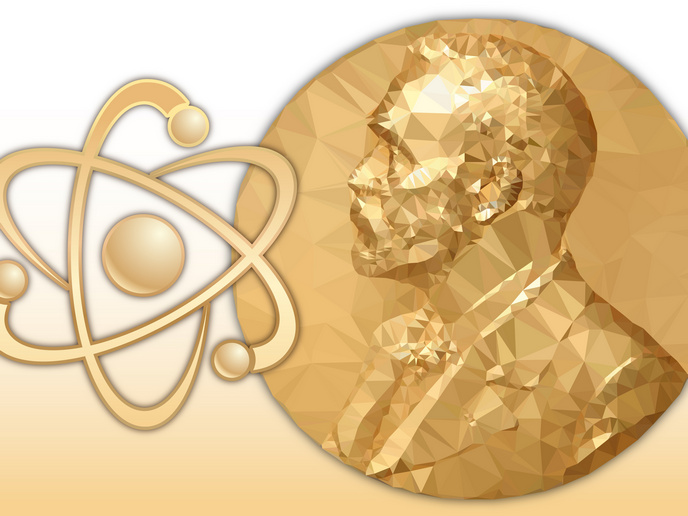Photon storage marks advance in quantum technology
Quantum phenomena occur at the scale of atoms and subatomic particles. Our understanding of what happens at this scale has opened up exciting new possibilities in fields such as quantum technology and quantum computing. This could be a game changer for human society. Quantum computers could one day solve problems that would take normal computers billions of years to solve – in just seconds.
Bright ideas
Photonic quantum technologies are those in which light plays a central role. “Light is one of the few media in which we can observe quantum phenomena in normal conditions,” explains BRiiGHT project coordinator Ian Walmsley, professor of Experimental Physics at Imperial College London, United Kingdom. “This makes it an ideal medium for quantum applications.” Photonic quantum technologies have huge potential in applications such as secure communications, or to connect the nodes of a quantum computer. “It is even possible in principle to build a quantum processor entirely out of light,” notes Walmsley. “Several companies and research groups are currently trying to achieve this.” Scaling up certain quantum technologies however requires quantum memory to store and release light on demand. A key challenge to date has been the unreliability of photon sources, which do not always produce photons when they are needed, or photons of the right quality. Such imperfections have acted as an obstacle to the rollout of photonic quantum technologies for computing and communications. The BRiiGHT project, supported by the European Research Council, sought to address this challenge by building a robust light storage unit to deliver photons on demand. This would enable photons to be stored and then released into the network all together. “A key task here was to build a quantum memory with the right level of efficiency as well as low enough noise,” says Walmsley. “Noise prohibits operations at the quantum level.” After achieving this, Walmsley and his team focused on improving the quality of the light source. “We were able to show that it is possible to ‘tune’ the memory, so that it is suitable for different applications,” he adds. “These include network synchronisation, filtering to improve the quality of photons, or eventually as a repeater station for long-distance quantum communications.”
Photon storage solutions
Access to photons on demand is one of the building blocks of photonic quantum computing. The BRiiGHT project has played a critical role in this respect, with its impressive advances in quantum memory. “There are still some fierce engineering issues to address,” notes Walmsley. “But we think that the memory is simple enough that building a lot of them, which is what will be needed for any quantum machine, looks feasible.” Quantum photonic memories may also be useful in network-based quantum computers and for protocols that require quantum network access. Walmsley is certain that they will be used eventually in quantum communications networks. “While the noise level, bandwidth and efficiency of the memory are appropriate for some applications, we still need to improve some aspects of the memory performance,” he explains. “This includes the possibility of long-term storage, which would open the door to a wider range of applications, including quantum repeaters.” The technology has since been licensed. “It would be great to see this working eventually as a component of a commercial system for quantum computing or other quantum applications,” says Walmsley.
Keywords
BRiiGHT, quantum, computing, photons, atoms, subatomic, photonic







